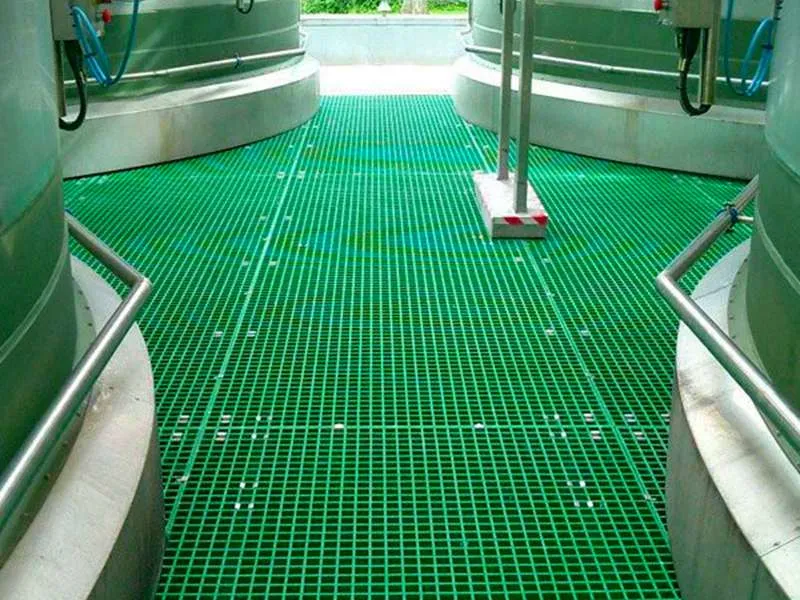
-
 Afrikaans
Afrikaans -
 Albanian
Albanian -
 Amharic
Amharic -
 Arabic
Arabic -
 Armenian
Armenian -
 Azerbaijani
Azerbaijani -
 Basque
Basque -
 Belarusian
Belarusian -
 Bengali
Bengali -
 Bosnian
Bosnian -
 Bulgarian
Bulgarian -
 Catalan
Catalan -
 Cebuano
Cebuano -
 China
China -
 China (Taiwan)
China (Taiwan) -
 Corsican
Corsican -
 Croatian
Croatian -
 Czech
Czech -
 Danish
Danish -
 Dutch
Dutch -
 English
English -
 Esperanto
Esperanto -
 Estonian
Estonian -
 Finnish
Finnish -
 French
French -
 Frisian
Frisian -
 Galician
Galician -
 Georgian
Georgian -
 German
German -
 Greek
Greek -
 Gujarati
Gujarati -
 Haitian Creole
Haitian Creole -
 hausa
hausa -
 hawaiian
hawaiian -
 Hebrew
Hebrew -
 Hindi
Hindi -
 Miao
Miao -
 Hungarian
Hungarian -
 Icelandic
Icelandic -
 igbo
igbo -
 Indonesian
Indonesian -
 irish
irish -
 Italian
Italian -
 Japanese
Japanese -
 Javanese
Javanese -
 Kannada
Kannada -
 kazakh
kazakh -
 Khmer
Khmer -
 Rwandese
Rwandese -
 Korean
Korean -
 Kurdish
Kurdish -
 Kyrgyz
Kyrgyz -
 Lao
Lao -
 Latin
Latin -
 Latvian
Latvian -
 Lithuanian
Lithuanian -
 Luxembourgish
Luxembourgish -
 Macedonian
Macedonian -
 Malgashi
Malgashi -
 Malay
Malay -
 Malayalam
Malayalam -
 Maltese
Maltese -
 Maori
Maori -
 Marathi
Marathi -
 Mongolian
Mongolian -
 Myanmar
Myanmar -
 Nepali
Nepali -
 Norwegian
Norwegian -
 Norwegian
Norwegian -
 Occitan
Occitan -
 Pashto
Pashto -
 Persian
Persian -
 Polish
Polish -
 Portuguese
Portuguese -
 Punjabi
Punjabi -
 Romanian
Romanian -
 Russian
Russian -
 Samoan
Samoan -
 Scottish Gaelic
Scottish Gaelic -
 Serbian
Serbian -
 Sesotho
Sesotho -
 Shona
Shona -
 Sindhi
Sindhi -
 Sinhala
Sinhala -
 Slovak
Slovak -
 Slovenian
Slovenian -
 Somali
Somali -
 Spanish
Spanish -
 Sundanese
Sundanese -
 Swahili
Swahili -
 Swedish
Swedish -
 Tagalog
Tagalog -
 Tajik
Tajik -
 Tamil
Tamil -
 Tatar
Tatar -
 Telugu
Telugu -
 Thai
Thai -
 Turkish
Turkish -
 Turkmen
Turkmen -
 Ukrainian
Ukrainian -
 Urdu
Urdu -
 Uighur
Uighur -
 Uzbek
Uzbek -
 Vietnamese
Vietnamese -
 Welsh
Welsh -
 Bantu
Bantu -
 Yiddish
Yiddish -
 Yoruba
Yoruba -
 Zulu
Zulu
molded fiberglass
The Versatility of Molded Fiberglass A Game Changer in Modern Manufacturing
Molded fiberglass, often referred to as fiberglass reinforced plastic (FRP), has emerged as a crucial material in various industries, revolutionizing the way products are designed and manufactured. Through the combination of glass fibers and thermosetting resins, molded fiberglass offers exceptional strength, durability, and flexibility, making it an ideal choice for a wide range of applications.
One of the most significant advantages of molded fiberglass is its lightweight nature. Compared to traditional materials like metal and wood, fiberglass components weigh substantially less without compromising structural integrity. This characteristic has made it a preferred material in the automotive and aerospace industries, where reducing weight can lead to enhanced fuel efficiency and performance.
Moreover, molded fiberglass provides excellent resistance to corrosion and chemical damage, making it suitable for use in harsh environments. Industries such as chemical processing, marine, and wastewater management have adopted fiberglass materials to build tanks, pipes, and other equipment that can withstand aggressive substances without degrading over time.
The manufacturing process of molded fiberglass involves layering glass fibers with resin in a mold. This allows for complex shapes and designs to be created with ease. The resulting products are not only aesthetically pleasing but also strong enough to endure various stress factors. This capability has led to the use of molded fiberglass in sectors like construction, where it is employed for panels, roofing systems, and even complete building structures.
molded fiberglass

Sustainability is another critical factor driving the popularity of molded fiberglass. As industries strive to adopt greener practices, fiberglass offers a viable solution. While traditional materials may require extensive resources to extract and process, fiberglass can be made from recycled materials, contributing to lower environmental impact. Furthermore, the longevity of fiberglass products reduces the need for frequent replacements, enhancing their sustainability profile.
Molded fiberglass is also gaining traction in the realm of consumer products. Outdoor furniture, sporting equipment, and even decorative items are increasingly made from fiberglass materials, which can withstand weather conditions while maintaining their aesthetic appeal. The versatility in design—from vibrant colors to intricate patterns—offers manufacturers the opportunity to cater to diverse consumer preferences.
In terms of safety, molded fiberglass stands out as a non-conductive material, making it ideal for electrical applications. Its ability to resist fire and extreme temperatures further enhances its suitability in various sectors, including fire protection systems and electrical housings.
As technology advances, the future of molded fiberglass looks promising. Innovations in manufacturing processes, such as automated fiber placement and 3D printing techniques, are likely to further enhance the efficiency and capabilities of fiberglass products. This could lead to new applications in emerging fields such as renewable energy, where molded fiberglass could play a role in the production of wind turbines and solar panels.
In conclusion, molded fiberglass is not just a material; it is a transformative element in modern manufacturing. Its lightweight, durable, and versatile properties make it indispensable across various industries and applications. As the demand for innovative and sustainable solutions continues to grow, molded fiberglass will undoubtedly play a pivotal role in shaping the future of manufacturing and product design.
Latest news
-
Exploring the Benefits of Top Hammer Drifter Rods for Enhanced Drilling PerformanceNewsJun.10,2025
-
High-Precision Fiberglass Winding Machine for GRP/FRP Pipe Production – Reliable & Efficient SolutionsNewsJun.10,2025
-
FRP Pipes & Fittings for Shipbuilding - Corrosion-Resistant & LightweightNewsJun.09,2025
-
Premium FRP Flooring Solutions Durable & Slip-ResistantNewsJun.09,2025
-
Premium Fiberglass Rectangular Tanks Durable & Lightweight SolutionNewsJun.09,2025
-
Tapered Drill String Design Guide Durable Performance & UsesNewsJun.09,2025









